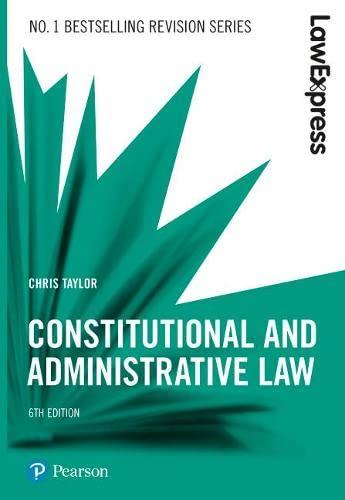Question
1) This type of liability does not require a showing a fault on the part of the defendant a) negligence b) intentional tort c) strict
1) This type of liability does not require a showing a fault on the part of the defendant
a) negligence
b) intentional tort
c) strict
d) criminal
2)The doctrine of respondent superior allows an employer to be held responsible for the negligence of an employee
True or False
3)Joint and several liability means that a defendant is responsible for 100% of a plaintiffs damages, even if other defendants also contribute to the loss
True or False
4) which of the following is NOT a special relationship:
A) Doctor - patient
B) employer- employee
C) parent - child
D) all of the above are
Step by Step Solution
There are 3 Steps involved in it
Step: 1

Get Instant Access to Expert-Tailored Solutions
See step-by-step solutions with expert insights and AI powered tools for academic success
Step: 2

Step: 3

Ace Your Homework with AI
Get the answers you need in no time with our AI-driven, step-by-step assistance
Get Started


